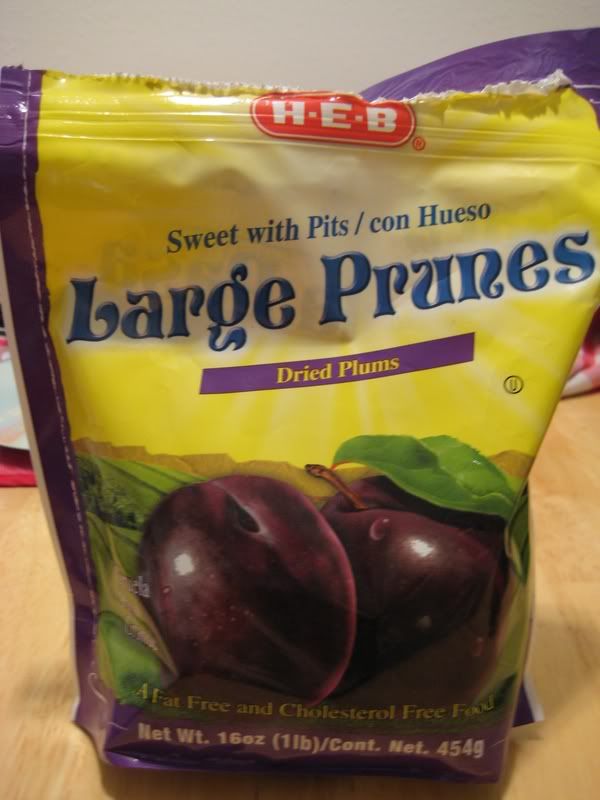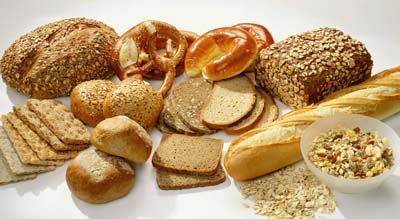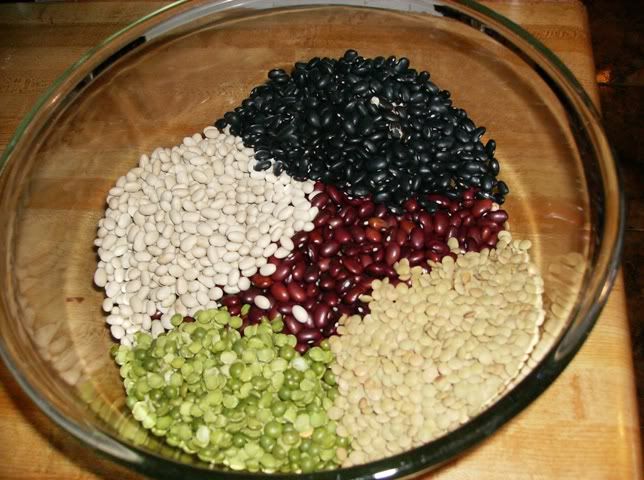Food and Health: The Importance of Dietary Fiber
When I was a flight attendant, I had very irregular bowel movement because my schedule was also irregular and so I often experienced constipation. But now I go every morning after breakfast and if I'm not able to move, I feel discomfort the whole day. That's why I try to eat foods rich in fiber especially for breakfast and at dinner.




According to Wikipedia, dietary fiber (also known as "roughage" or "bulk") includes the indigestible portions of plant foods that our body cannot digest or absorb. Fiber acts by changing the nature of the contents of our gastrointestinal tract by changing how other nutrients and chemicals are absorbed by our body. They are classified into two main components: soluble and insoluble. Soluble fiber are readily fermented in the colon into gases and physiologically active byproducts. It absorbs water and turns into gel during digestion which traps carbohydrates and slows absorption of glucose. Insoluble fiber has bulking action and also absorbs water throughout the digestive system helping to facilitate defecation.
The advantages of a high-fiber diet has been widely publicized for reducing weight because of the bulk which makes one feel full, therefore reducing appetite. But besides this, these dietary fibers also help lower blood sugar levels, reduce the risk of heart disease because they lower the total and LDL cholesterol, facilitate the regularity of our movement, and may reduce the risk of colorectal cancer by helping remove wastes in the folds and creases of our colon or intestines.
Sources of soluble fiber are legumes (peas, beans, lentils), oats & barley, fruits such as prunes, plums, berries, bananas, apples and pears, vegetables such as broccoli, carrots, root tubers and vegetables such as sweet potatoes and onions. Sources of insoluble fiber are whole grain foods, wheat, corn bran, nuts, seeds, potato skins, flax seeds, vegetables such as green beans, cauliflower, zucchini, celery, fruits such as avocado, bananas and tomato skin. According to Micronutrient Center of Linus Pauling Institure, the 5 most fiber-rich foods are legumes, bran, prunes, asian pears, and quinoa.
If you eat foods rich in fiber everyday, not only will you gain all the benefits mentioned above, but you will also be successful everyday, shouting "Success!!" inside your toilets. Hi, hi...
Sources: Wikipedia










0 comments:
Post a Comment